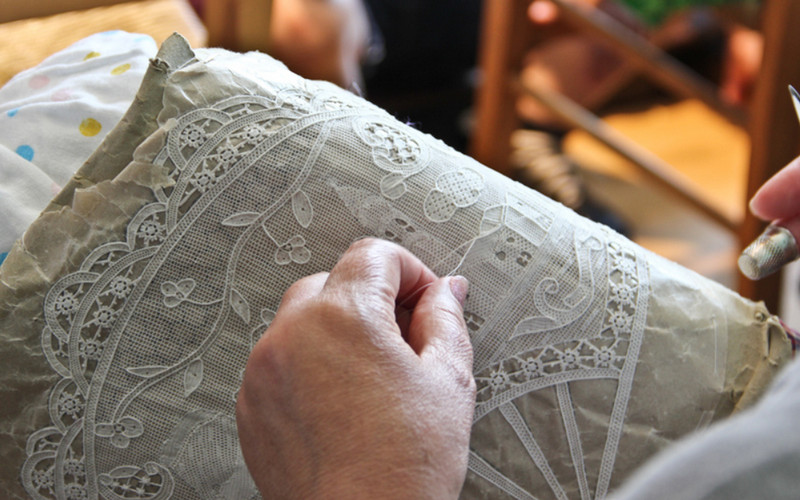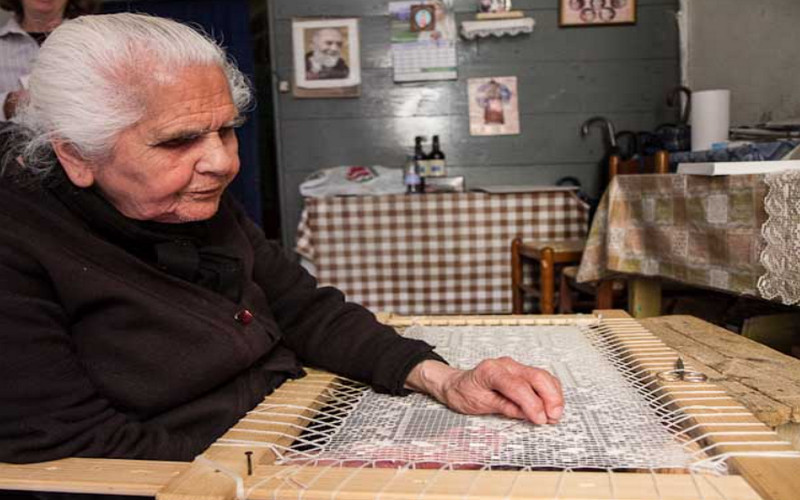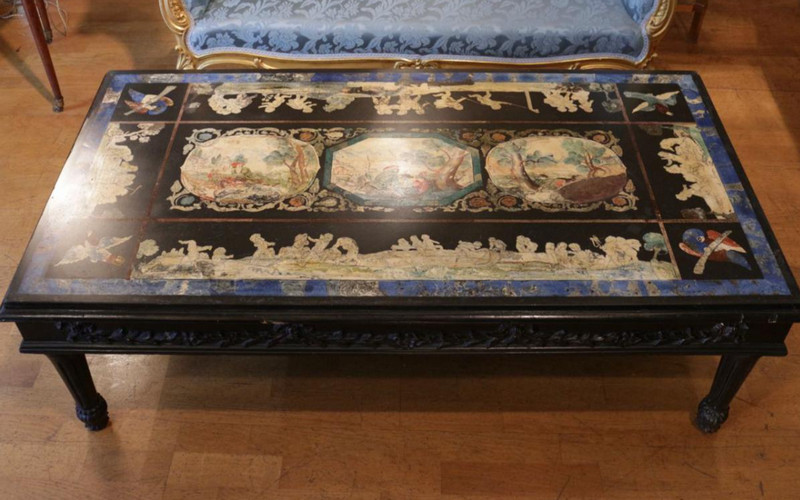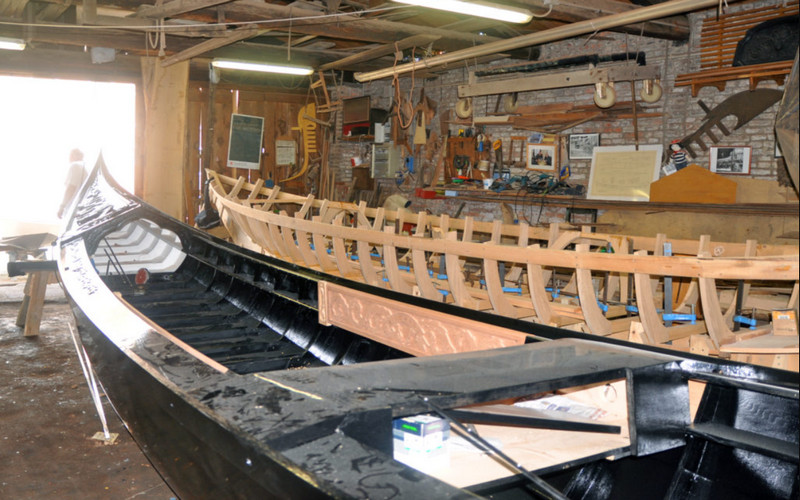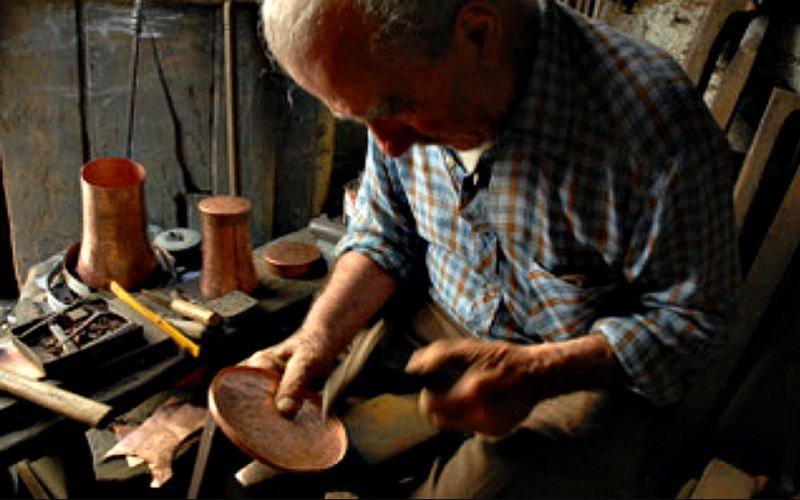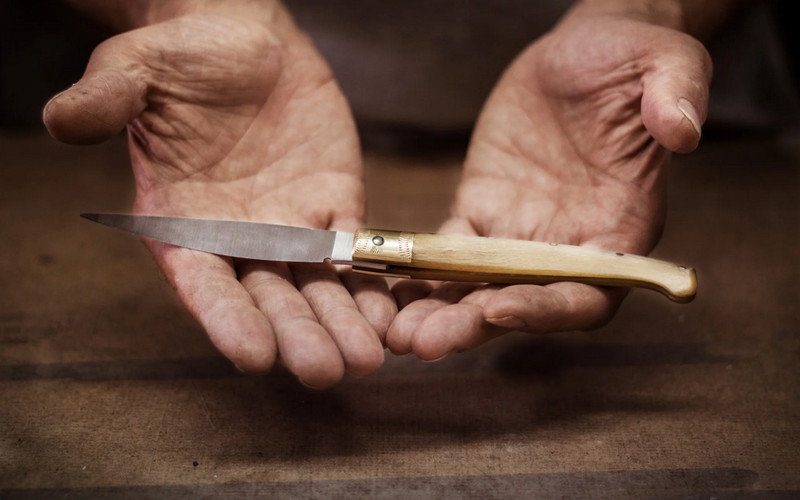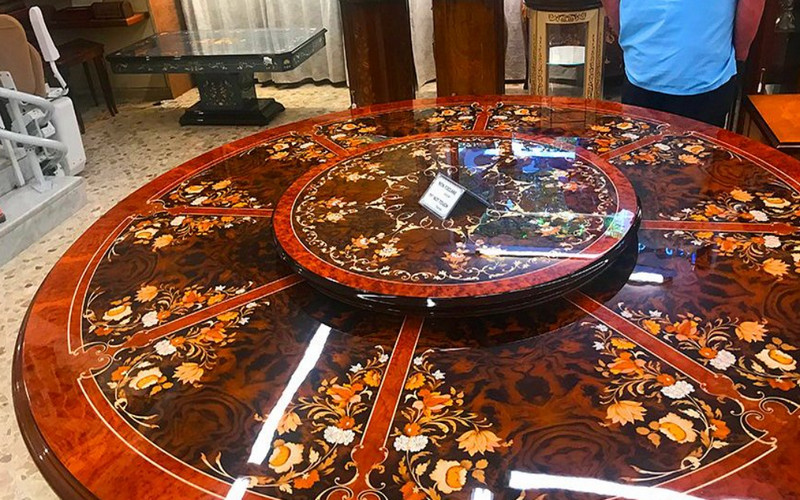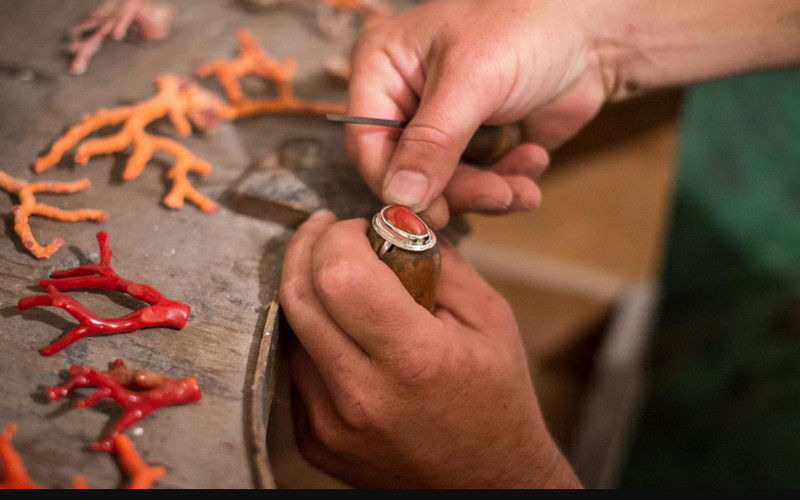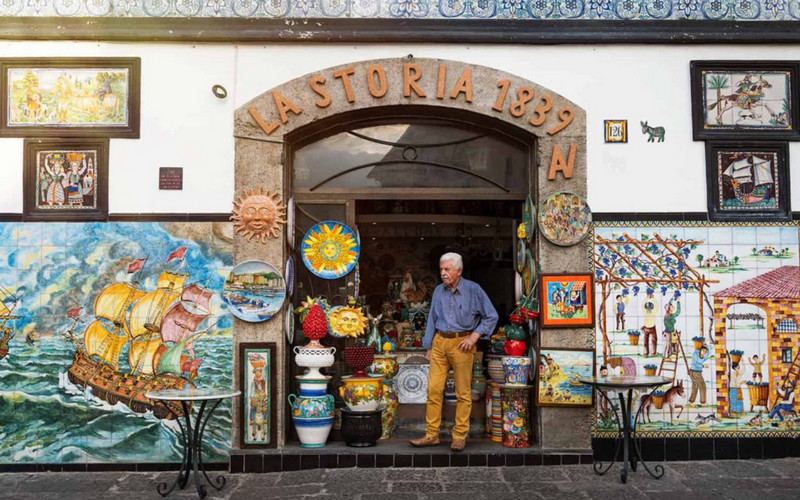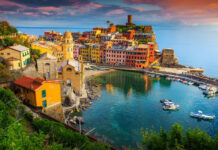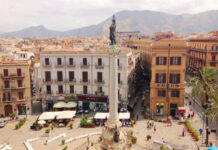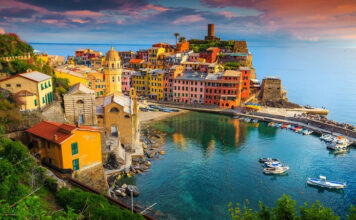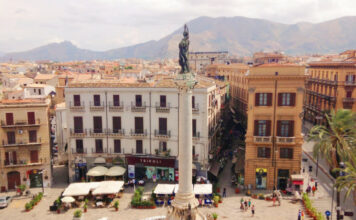Italy is renowned for its art, fashion, and cuisine—but beneath these global icons lies a quieter, more fragile heritage: traditional Italian crafts passed down through generations. Rooted in local identity, these crafts reflect centuries of skill, symbolism, and cultural pride. Yet many of them are vanishing under the weight of globalization, mass production, and dwindling apprenticeships. From intricate lace-making to age-old copper work, the artisans who keep these traditions alive are growing fewer each year.
Here are 10 traditional Italian crafts that are disappearing fast, and where you can still experience (and support) them before they fade into history.
1. Burano Lace-Making (Veneto)
On the colorful island of Burano, near Venice, lace-making was once a prized craft taught from mother to daughter. Using a needle and thread—no machine involved—craftswomen created delicate, complex designs resembling spiderwebs of fabric.
Today, few women still know the techniques, and most lace sold to tourists is machine-made. To witness authentic lace-making, visit the Museo del Merletto (Lace Museum) in Burano and seek out older artisans who still work by hand in quiet workshops.
2. Sardinian Filet Embroidery (Sardinia)
Sardinia is home to a rare embroidery technique known as “filet” or “punto a rete”, which involves stitching delicate patterns onto a net-like canvas. This method, dating back to the 16th century, produces lace-like panels used in clothing, linens, and church vestments.
The small town of Bosa is one of the last places where traditional filet embroidery survives. Women still stitch in local cooperatives, though younger generations are slowly turning away from the labor-intensive art.
3. Scagliola Plasterwork (Emilia-Romagna & Tuscany)
Scagliola is an ancient technique of inlaying colored plaster to imitate marble, often seen in Italian churches, palaces, and altars. During the Baroque period, it was a cheaper—but no less beautiful—alternative to stone mosaic.
Few masters remain, with some of the best working in Carpi (Emilia-Romagna) and Pistoia (Tuscany). Their workshops look unchanged since the 1700s, using hand-mixed pigments, chisels, and patience few are willing to learn today.
4. Ceramica Artistica di Grottaglie (Puglia)
The whitewashed town of Grottaglie, in Puglia, has produced majolica ceramics for centuries. The town’s artisans use local clay to hand-throw and paint plates, jugs, and the iconic pumi—a decorative bud symbolizing rebirth and good fortune.
While mass-produced versions flood the market, authentic hand-painted Grottaglie ceramics can still be found in the town’s Quartiere delle Ceramiche, a street lined with traditional workshops and kilns.
5. Venetian Gondola-Making (Venice)
Crafting a single gondola takes about 500 hours and uses eight types of wood—each selected for a different part of the boat. Every gondola is slightly asymmetrical to balance the gondolier’s weight. Only a few squeri (boatyards) in Venice still make these vessels by hand.
The most famous is the Squero di San Trovaso, where visitors can watch masters craft these elegant black boats using traditional tools, ancient proportions, and deep knowledge passed down over centuries.
6. Copper Smithing in Agnone (Molise)
Once known as the “town of copper”, Agnone in Molise was a hub for copper cookware and artisan tools. From pots to cauldrons, these wares were essential in Italian kitchens for generations. Today, only a handful of artisans still work the glowing metal by hand.
Visit the Marinelli Pontifical Bell Foundry, which not only forges bells for the Vatican but also preserves old smithing traditions. Nearby workshops continue to sell hand-hammered copper items that are as functional as they are beautiful.
7. Sardinian Knife-Making (Pattada, Sardinia)
The small Sardinian village of Pattada is famous for the resolza, a folding knife with a horn handle and curved blade traditionally carried by shepherds and farmers. Each knife is forged, shaped, and polished entirely by hand.
While souvenir versions are common, authentic Pattada knives are rare, signed by individual artisans, and often made to order. Only a few workshops remain in the town, often run by aging masters hoping to train apprentices before the tradition is lost.
8. Intarsia Wood Inlay (Sorrento, Campania)
Intarsia, the art of wood inlay, thrived in Sorrento during the Renaissance. Craftsmen cut thin layers of different woods—walnut, maple, olive—into mosaics forming intricate patterns and scenes. These were used to decorate furniture, boxes, and musical instruments.
The Museo-Bottega della Tarsia Lignea in Sorrento keeps the tradition alive, displaying historic works and offering demonstrations. Some family-run workshops still produce inlaid masterpieces, though demand has sharply declined.
9. Coral Jewelry Making (Torre del Greco, Campania)
Near Naples, the seaside town of Torre del Greco has been the global capital of red coral jewelry since the 16th century. Coral is harvested from the Mediterranean, then carved into rosaries, cameos, and ornamental beads by skilled artisans.
Overharvesting, regulation, and fashion shifts have weakened the trade. But coral workshops still operate in Torre del Greco, and the Museo del Corallo showcases the art form’s exquisite heritage and techniques.
10. Tiled Floor Design in Vietri sul Mare (Amalfi Coast)
Vietri sul Mare, the gateway to the Amalfi Coast, is known for its vibrant hand-painted tiles, used for flooring, walls, and fountains. Traditional designs reflect marine life, lemons, and geometric Moorish patterns.
Today, modern tiles often use factory techniques, but the oldest botteghe in Vietri still paint every tile by hand. These traditional tiles are sought after by designers and restoration experts, but the skill is at risk as demand shrinks.
Why These Crafts Matter
These crafts are not just decorative or nostalgic—they are living links to Italy’s regional identities and collective memory. Each handmade object carries the story of its place, people, and purpose. Losing these arts means losing knowledge that can’t be replicated by machines or revived through books alone.
As many artisans age without apprentices, and younger generations leave rural towns for cities, these traditions teeter on the edge of extinction.
How to Support and Experience Them
-
Buy direct from artisans or cooperatives rather than souvenir shops.
-
Visit craft museums and workshops, especially in smaller towns.
-
Take a class—some artisans offer hands-on workshops.
-
Share their stories, whether on social media, blogs, or word of mouth.
-
Avoid cheap imitations, which undermine the value of handmade work.
In an era of mass production and fast fashion, traditional Italian crafts remind us of the beauty in slowness, imperfection, and heritage. They are not just souvenirs, but acts of resistance against cultural erosion. If you find yourself in Italy, take a detour from the usual tourist trail and step into a quiet bottega. You won’t just take home a piece of Italy—you’ll help keep it alive.
